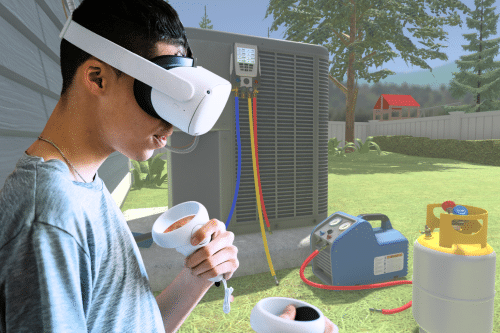Learning a skilled trade takes time. Hands-on, real-world experience is crucial for skilled trades education, and that’s why maximizing students’ time during lab work is essential. To help students prepare for the real world, many educators are now using hands-on simulations that mimic “on the job” scenarios, but can these simulations really teach students what they need to know?
The fact is that in-the-field experiences aren’t always easy to come by. Time and resources are often limited, and certain scenarios may happen infrequently. With simulation-based learning, students and professionals can practice and refine their skills in a risk-free environment as they gain experience. Simulations offer unlimited immersive and realistic experiences in a controlled environment, which means learners gain the knowledge, skills, and confidence they need to ensure they are prepared when they advance to in-the-field training and job sites.
While it can be easy to mistake simulation-based learning for simple video games, virtual learning in a life-like environment is vastly different from playing Legends of Zelda or Madden. Skilled trades simulations, like those offered by Interplay Learning, develop learners’ knowledge and skills in a safe environment. They’ve been used for decades to train fighter pilots, surgeons, and other high-stakes positions so learners are better prepared when they move to the next level of their learning.
Ultimately, simulations help improve learner outcomes. Students can experiment, try new strategies and practice in a structured and safe environment. Plus, those who use simulations to prepare for hands-on environments experience less anxiety and are more confident. Unlike in real-life situations, learners can make mistakes without serious consequences, which can help build confidence. Just think about timid, unsure students working on electrical panels. Their uncertainty is not only dangerous but can also be frustrating for their instructors.
Online 3D simulations can improve learning and training outcomes by engaging learners in immersive experiences and re-creating a hands-on environment in a more scalable way – accessible via a laptop, tablet, and virtual reality. Using virtual reality within learning environments increases learners’ enjoyment, interest, and motivation to learn. More importantly, studies on virtual reality’s effectiveness have shown it reduces the time to learn and students remember 90% of the material if it is learned through experience.
Virtual learning environments can also adapt to better meet students’ needs for a personalized learning experience. Simulations can be accessed online, allowing instructors to assign them as homework and helping students to practice outside of the classroom at times that work for them. Instructors, students and lab times are all bound by time constraints, and virtual learning environments can bring increased flexibility and opportunities to learn.
Hands-on simulations ultimately help prepare students for field work so they can be better equipped and more confident going into real environments. While simulations cannot completely replace real-world experiences, they can offer immersive, virtual hands-on experiences that are proven to help learners better retain course material and build more confidence for real-life scenarios.
What could your students gain by having access to immersive learning activities? Could your program benefit from online, on-demand skilled trades courses that bring field-like, 3D simulations and virtual reality to learners’ fingertips? Interplay Learning offers 300+ hours of online expert-led instruction and hands-on simulations that help bridge the gap between classroom instruction and real-world scenarios. Learn how you can enhance your curriculum by incorporating simulations in your classroom.








